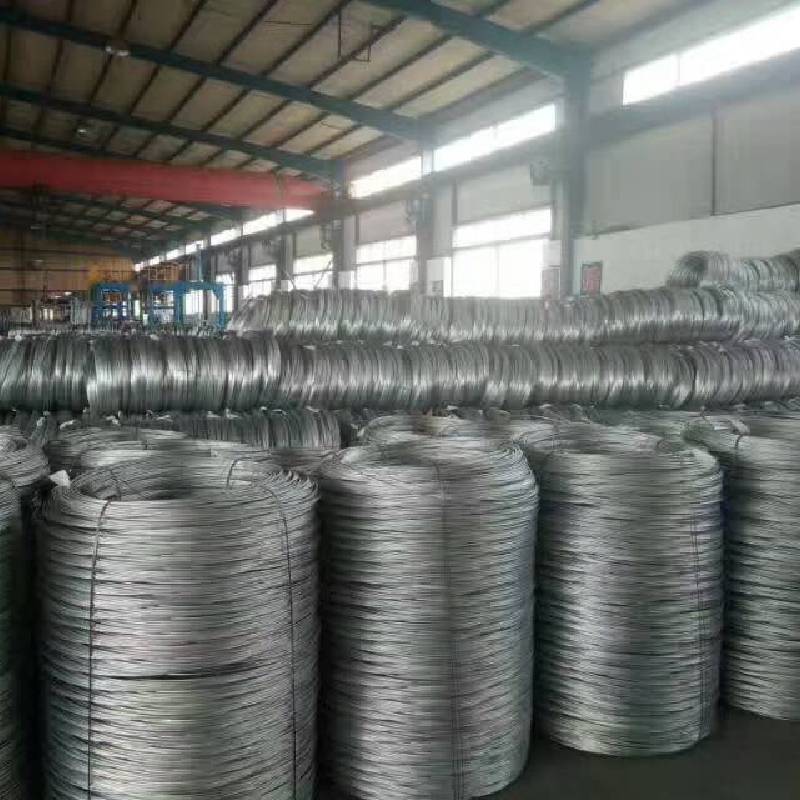
- Mobile Phone
- +8613931874955
- sales@cntcmetal.com
micro compression springs
Understanding Micro Compression Springs A Comprehensive Overview
Micro compression springs are essential components used in various applications across multiple industries. These small yet incredibly functional springs are designed to provide resistance while being compressed, thus storing potential energy when not in use. In a world where technology is constantly evolving, and the demand for smaller, more efficient components is ever-increasing, micro compression springs play a crucial role in enabling the design of compact and high-performing devices.
What Are Micro Compression Springs?
Micro compression springs are defined by their small size, usually measuring just a few millimeters in diameter and length. Unlike standard compression springs, which can be several centimeters in size, micro springs are engineered to fit into limited spaces without compromising functionality. Typically manufactured from high-quality materials such as stainless steel, music wire, or exotic alloys, these springs exhibit excellent corrosion resistance and durability.
Applications of Micro Compression Springs
Micro compression springs find their place in a multitude of applications across various sectors, including
1. Electronics One of the most common applications of micro compression springs is in electronic devices. From mobile phones to computer peripherals, these springs provide necessary tension and support for buttons, connectors, and other mechanical parts, ensuring reliable performance.
2. Medical Devices In the medical field, the precision and reliability of micro compression springs are paramount. They are used in various devices such as syringes, surgical tools, and implantable devices, where space is often limited, and precision is critical. Their ability to provide consistent force makes them ideal for applications requiring accurate and repeated movements.
3. Automotive Components In automotive engineering, these micro springs are crucial for various applications, including sensors, locks, and actuators. The lightweight yet robust nature of micro compression springs contributes to the overall efficiency and performance of vehicles.
4. Aerospace In aerospace applications, where weight and size are critical, micro compression springs are employed in mechanisms like cockpit controls and various safety devices. Their reliability and resistance to extreme conditions are essential for maintaining operational integrity in flight.
micro compression springs

5. Consumer Products Many everyday consumer products such as kitchen gadgets, toys, and writing instruments utilize micro compression springs. They provide the necessary operational force while ensuring compact designs that are user-friendly.
Manufacturing Processes
The manufacturing of micro compression springs involves several techniques, including wire forming, coiling, and heat treatment. The process starts with high-quality wire, which is cut to the desired length and then coiled into shape using specialized equipment. Afterward, the springs often undergo heat treatment to enhance their mechanical properties, ensuring they can withstand the stresses they will encounter in their applications.
Customization is a significant advantage in the production of micro compression springs. Manufacturers can adjust parameters such as wire thickness, spring diameter, and coil count to meet specific customer requirements. This flexibility allows for the creation of springs tailored to the unique demands of various industries.
Design Challenges and Considerations
Designing micro compression springs entails several challenges. The primary concern lies in achieving the required spring constant while maintaining the compact size. Engineers must also consider factors such as fatigue life, the impact of material selection, and the spring's operating environment. These elements are crucial for ensuring the spring will function effectively over time and in varying conditions.
Additionally, tolerance and precision in manufacturing are critical. Even slight deviations in dimensions can lead to performance issues, especially in high-stakes applications like medical devices or aerospace technology.
Conclusion
Micro compression springs are indispensable components in modern engineering and product design. Their versatility and capability to operate in confined spaces have made them essential across a wide range of industries. As technology continues to advance and the demand for miniaturized components grows, the significance of micro compression springs will only increase. By understanding their applications, manufacturing processes, and associated challenges, engineers and designers can optimize their usage, ensuring that these tiny springs continue to make a big impact in the world of innovation.
share:
-
Your Source for Concrete Wall Ties and Masonry AccessoriesNewsJul.10,2025
-
Unlocking the Power of Iron Wire for Every ProjectNewsJul.10,2025
-
Explore Advanced Chain Wire and Stainless Steel Mesh FencingNewsJul.10,2025
-
Discover the Benefits of Annealed Wire ProductsNewsJul.10,2025
-
Discover China Stainless Steel Wire Mesh SolutionsNewsJul.10,2025
-
Build with Confidence Using High-Performance Masonry AccessoriesNewsJul.10,2025
-
Why Sacrificial Formwork Is Redefining Underground ConstructionNewsJun.06,2025



















